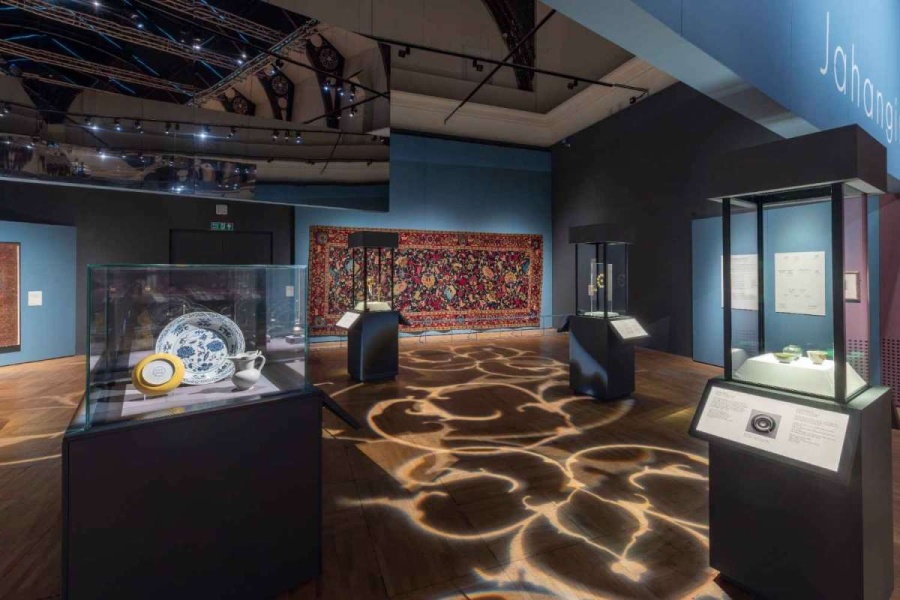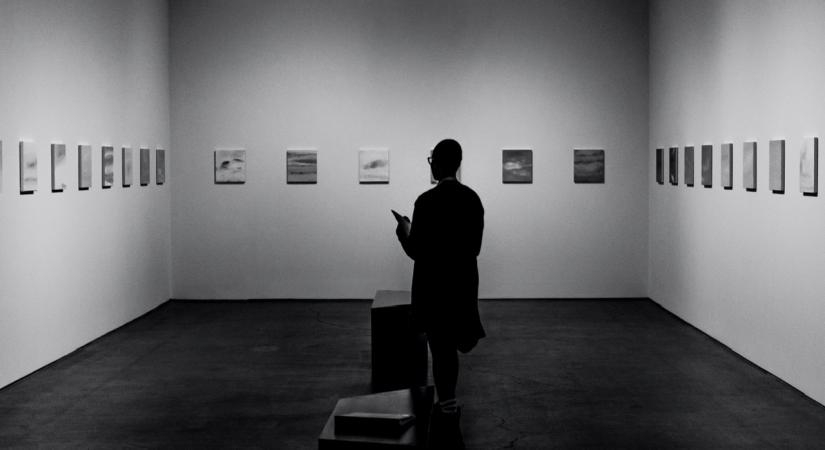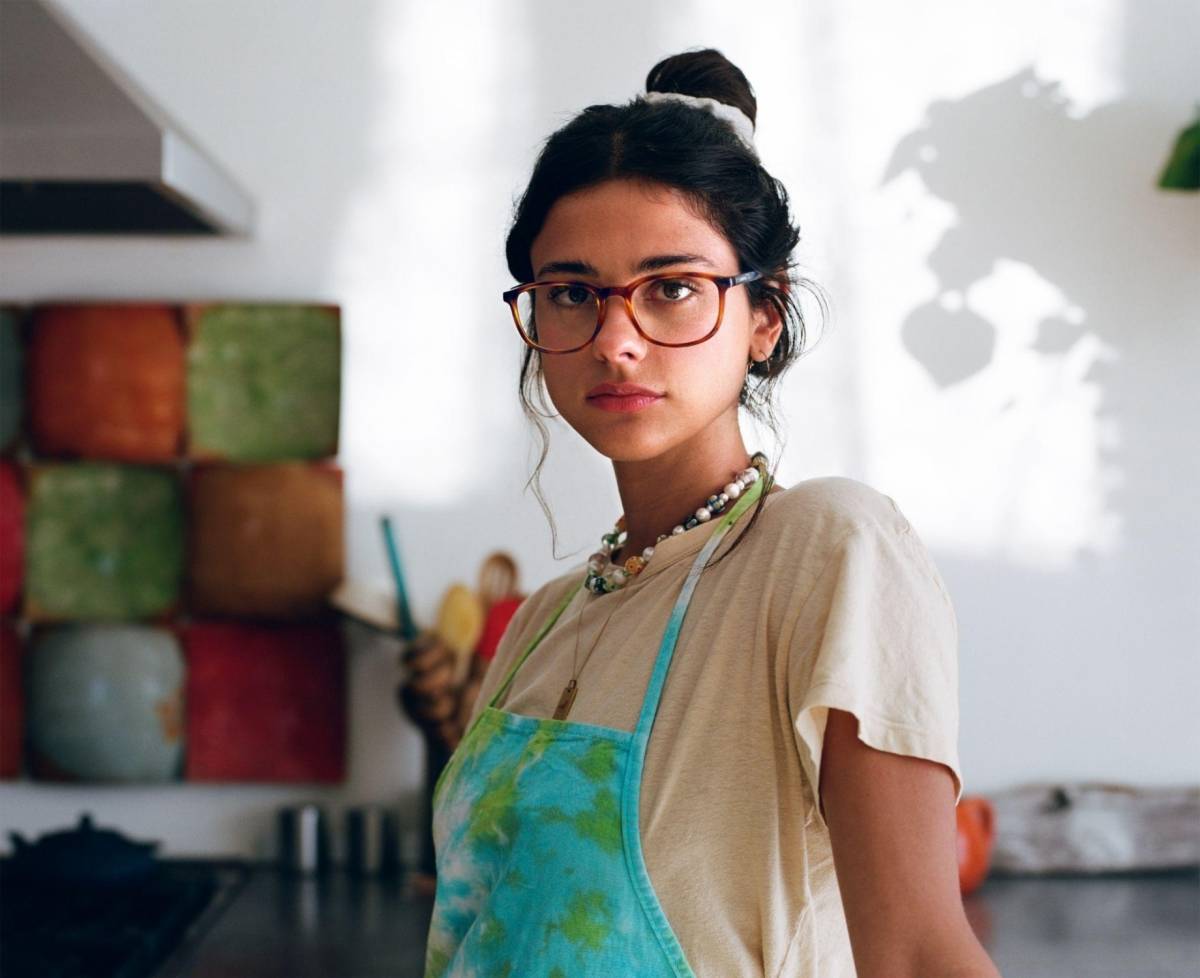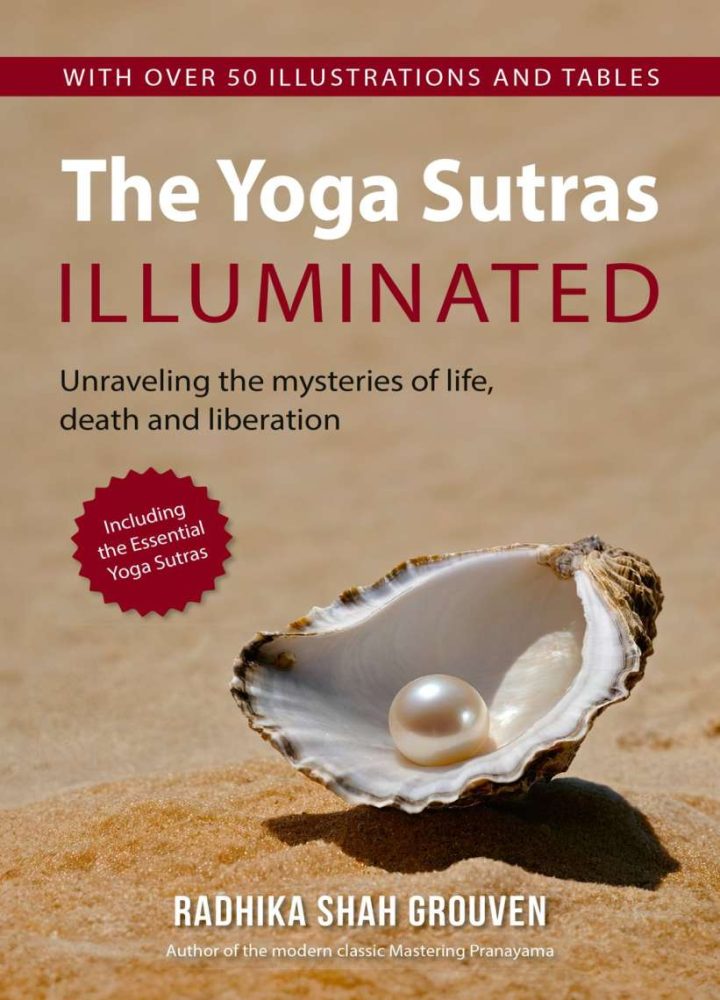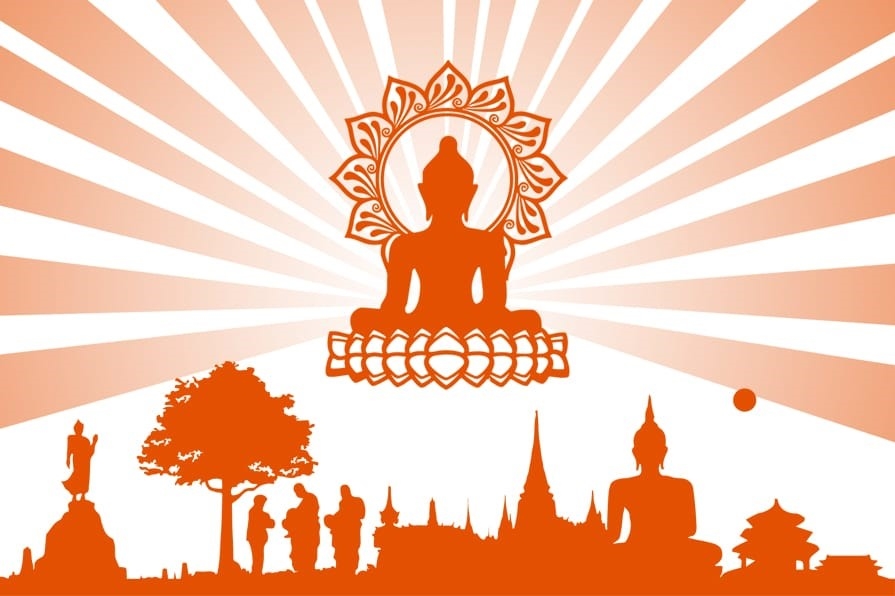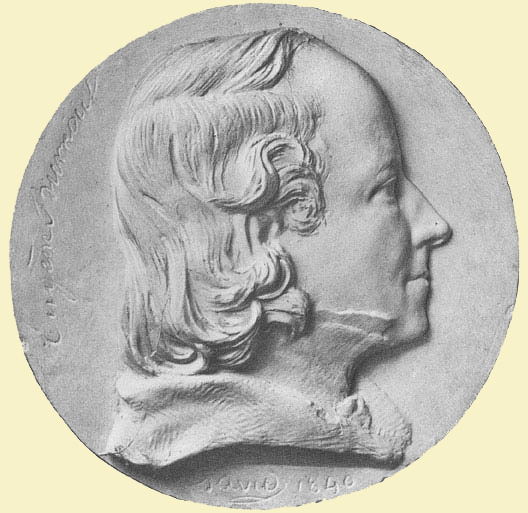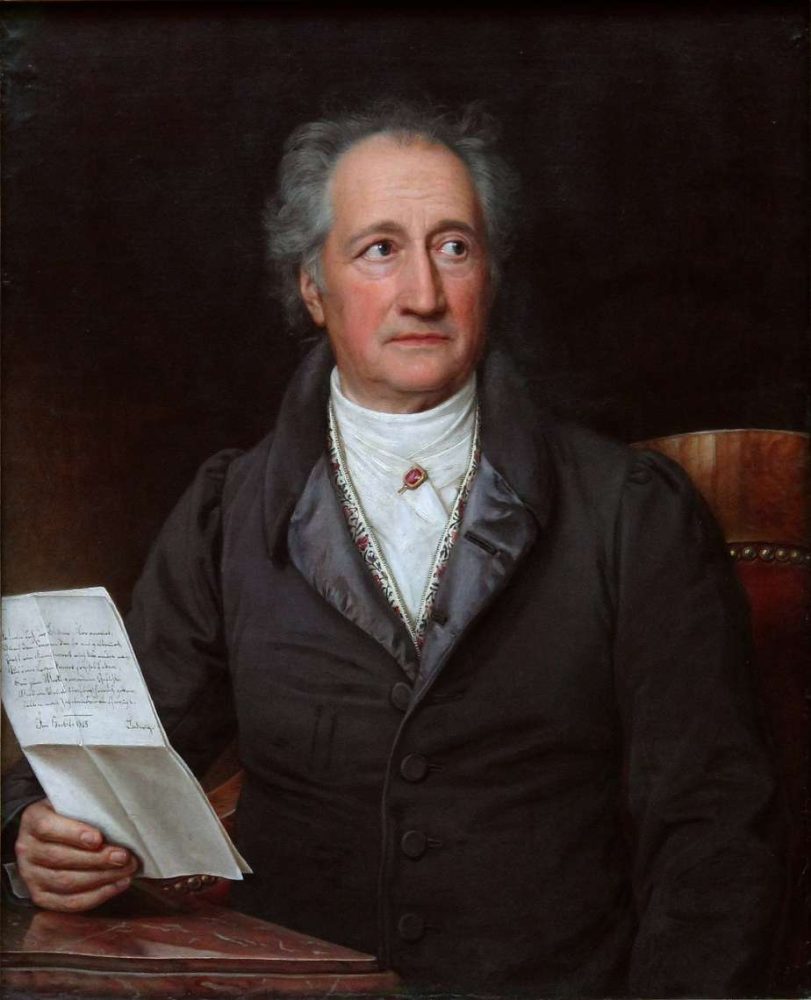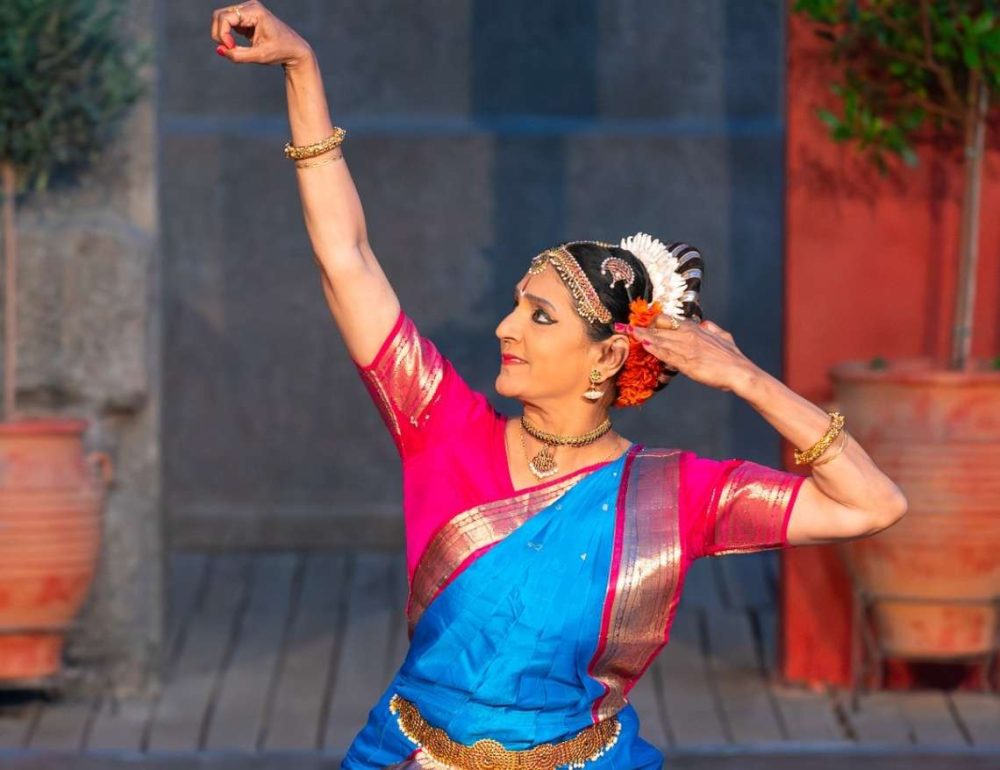Fascinated by the Bhil tribe during his journeys to Rajasthan, the artist discovered many lotus ponds which he continued to visit for decades and paint. Now only one or two have remained while the others have been converted into bathing ghats…writes Sukant Deepak.
He has been sketching and drawing all his life, picking up notes from around him, working and re- working on these forms to integrate them into his personal style and using them as his reference points for paintings and sculptures.

From the large body of A. Ramachandran drawings and sketches, Vadehra Art Gallery in the capital selected works from 1965 to the present day for the exhibition ‘A Lifetime of Lines’. “They are testimonies of how I think, talk to myself and express different emotions according to different subjects. I consider my drawings as my conversational language and not the more restrained and disciplined language of my paintings and sculptures,” said major contemporary artist A. Ramachandran.
Recipient of the Padma Bhushan honour, Ramachandran, who started his career with realism, which reflected the angst of urban life, but shifted to myths in the 80’s admits, “While in my early days, I was influenced by the Mexican artists whose works I felt were closer to ours than other European artists, there was also a realisation that myth was a part of collective consciousness of the people which could be effectively used to interpret one’s world without imitating any artist. My ‘Yayati’, the monumental work I did for Ebrahim Alkazi is one of the finest examples of that,” said the artist who did his doctoral thesis on Kerala mural painting.

Stressing that his education at Santiniketan has been instrumental in shaping him in multiple ways, and ‘A Lifetime of Lines’ is a testimony to that, the artist, who designed the granite bas-relief sculpture at the Rajiv Gandhi Memorial at Sriperumbudur, near Chennai which extends for 125 feet and has a height of nearly 20 feet remembers that right from the first year, students are asked to go out and study from nature and the sketching process is much different from western traditions.
“Nandalal developed a concept of structural drawings. Benode Behari and Ramkinkar developed that further. Unlike in the western tradition, students at Santiniketan are encouraged to look at the structure of an object rather than the externals. Everything in nature is in fact based on this principle. From the main stem, the number of veins that spread out decides the shape of the leaf. It can be one central vein which makes an oval shape or three veins of a leaf bifurcate like a leaf of a cotton plant. In short, the external shape depends on the structure of the vein of the leaf. Same is with the human body. The skeletal system determines the shape of human beings, animals or birds. These understandings give you a complete knowledge of structure rather than the external skin surface. This is the most important lesson I learnt from Santiniketan which I use as the grammar of my art practice.”
For someone who completed his Master’s degree in Malayalam and also studied classical Carnatic music from the age of five to sixteen, Ramachandran, who has also written and illustrated numerous picture books for children published in India, Japan, Britain and the United States feels the evolution of the language from neo- classical to modern literature gave him an indication how Indian art could also develop from the grass root level to become an authentic language of our time instead of just borrowing from Europe. “Similarly, music must have given me an inherent rhythm and pattern to enrich my pictorial language,” feels the artist, a major retrospective of whose work was organised by the National Gallery of Modern Art (New Delhi) in 2003.

Lamenting the failure of developing an Indian tradition of imparting art education, which is still heavily dependent on the western model, except at Santiniketan, he says that European art, generally being realistic has definite principles like perspective, caste shadow and Chiaroscuro to create shapes and forms from a realistic point of view. “It is high time that we devise a new system of art education in India. The way Santiniketan masters experimented by introducing traditional techniques, understanding our classical art by taking students to Ajanta, Ellora, Mahabalipuram, Konark and other important places to make them understand not only the political history of India, but also the artistic values of our ancestors and imbibe their qualities in our present-day expressions.”
The artist, who unlike many of his contemporaries, did not go abroad after his education but decided to teach at Jamia Jamia Millia Islamia in the capital says that like Nandalal Bose, Ramkinkar Baij and Benode Behari Mukherjee, he had no desire to learn any further than learning on his own. “I also went back to Kerala to continue my research on Kerala murals. All these contributed to my development as an Indian artist.”
Fascinated by the Bhil tribe during his journeys to Rajasthan, the artist discovered many lotus ponds which he continued to visit for decades and paint. Now only one or two have remained while the others have been converted into bathing ghats.
“The idea of making places of tourist attraction is based on cleaning up the wild ponds of lotus which contain a complete life system of birds, insects, snakes, fishes, and many other forms of life which are destroyed when you clean them up and ugly concrete structures come up in its place. My paintings are testimony of the disappearance of that beautiful piece of nature from the world.”
Even now working from 10 am till evening in his studio, and going to Rajasthan whenever he can, Ramachandran smiles that he never has to wait for any ‘inspiration’ to work. “I am forever charged to do my work — be it paintings, sculptures, drawings or sketches. No partying, no socialising — only planning for the next exhibition,” says the artist who is currently working on a complete set of eight ‘lotus pond’ paintings, some measuring 40′ X 6′.

ALSO READ-Technogym Partners With Troon Abu Dhabi
READ MORE-Khawla Art and Cultural Foundation concludes Unity in Diversity exhibition



